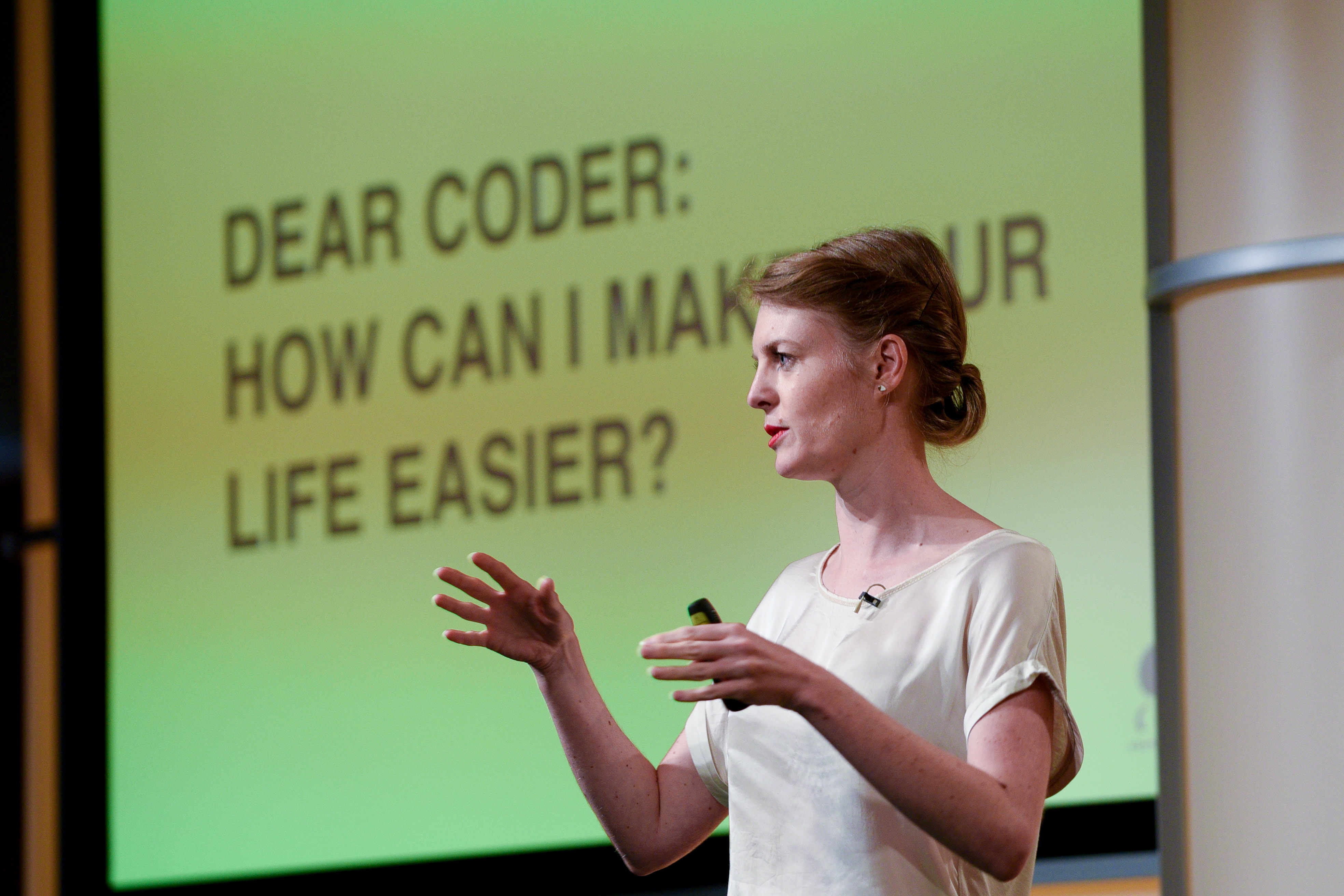She took a deep breath and hit the publish button. The Hackastory website was live. It was just a rough idea and it was far from perfect. And that was definitely out of the comfort zone of Albertine Piels, Hackastory founder and Hackanaut-in-Chief.
Albertine was a perfectionist. This served her well in a previous life as editor-in-chief at RTLZ, a Dutch news station. As a journalist you strive for perfection, to earn the trust of your news consumers your work has to be flawless. She witnessed the struggles in newsrooms as a result of the digital transformation, the decline of viewers and the collapse of outmoded business models.
A new wind needed to blow in journalism, and for that she would have to let go of her perfectionism. “It’s not smart to spend months, sometimes years on perfecting a product without testing or showing it. You’ll loose valuable time and resources.”
Birth of a Company
That’s what Albertine learned in NUlab, an innovation competition. It was her first introduction to startups, customer validation, how to take something from a raw idea to a company. She came up with a live video app for this competition and her idea was received with enthusiasm. At the same, she participated in IDFA’s DocLab Academy, where she made contact with some of the world’s top digital storytellers, and she met Nienke Huitenga and Hay Kranen. “I was incredibly inspired by the people in the class,” she told me. Nienke, Hay, and she decided to organize a hackathon together, and so Hackastory was born.
Albertine made a basic website to get visibility for the hackathon. This got her heart racing, It was scary to put the website online. Her inner perfectionist was screaming out! After all, what did she know about innovation in journalism? The original Hackanauts had an idea, but a concise plan? Not so much… It only took a couple of hours to create the first Hackastory website. It was a Saturday afternoon in a bar.

The site had immediate success, with lots of people enrolling for the website. The website got so much visibility that people from England started calling about the initiative and asked for an interview. The first hackathon, in Amsterdam, was completely sold out, with 90 people enrolling while there was only space for 30. That’s when the Guardian called. That’s right! The Guardian, the British newspaper. They contacted Hackastory to ask about this hackathon and the new formats that were developed!

How Winning Is Done
Hackastory has come a long way since the original hackathon, with projects on four continents, with thousands of people participating in hackathons. They’ve developed a method kit for coming up with crazy-innovative ideas and a website which has all sorts of handy links to tools and plugins you can use to reinvigorate journalism.

Albertine at Newsrewired in London
For Albertine, Hackastory started as a hobby project but she eventually left her job at RTLZ for it. In order to keep such a project going, she’s had to make a concession. Hackastory could not have become the amazing innovative company it is today if Albertine hadn’t overcome her perfectionism. You have to keep moving forward and take one step after the other. As editor-in-chief, it was in her best interest to be a perfectionist, but with a start-up, you just have to move forward and not let perfectionism get in the way. And that’s how winning is done.